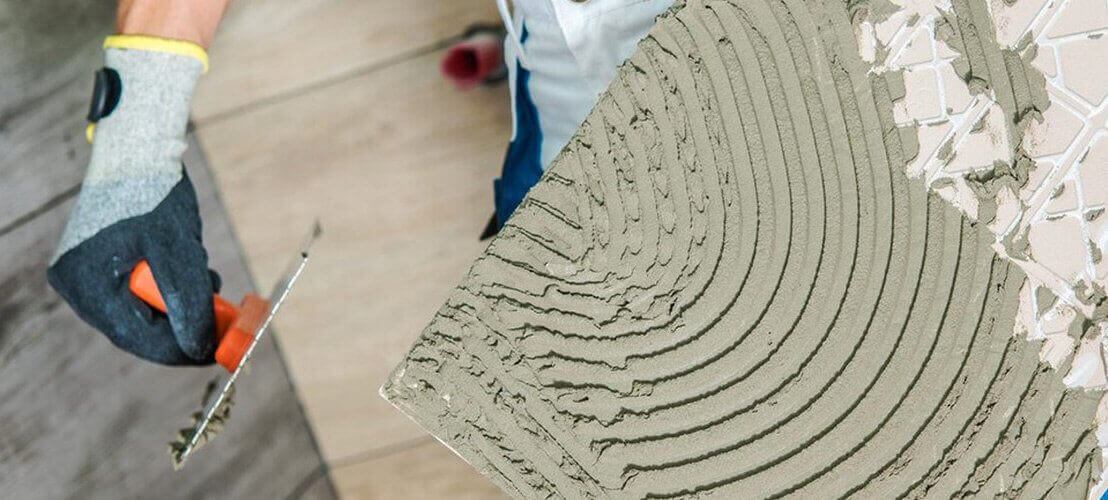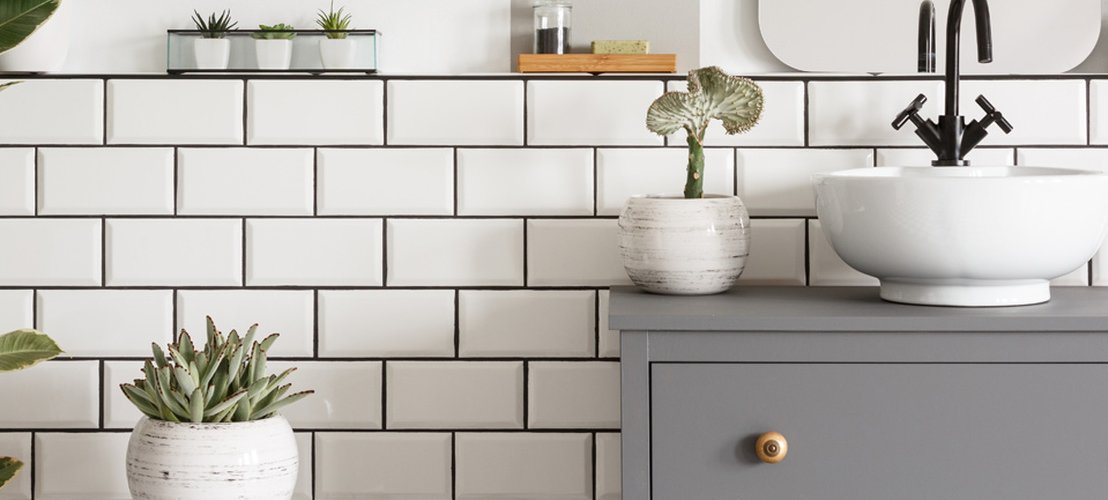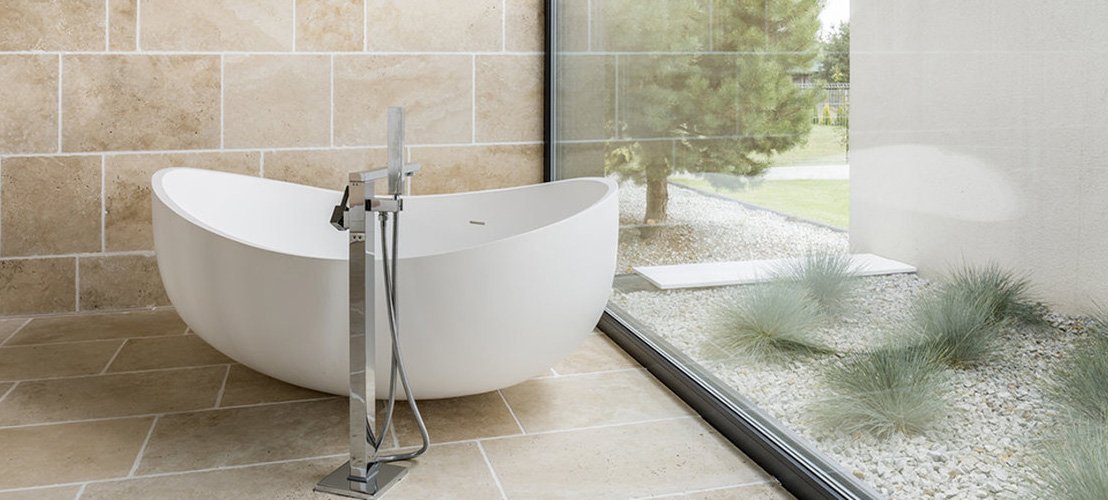One of the indispensable construction materials used in architecture is grouting. A joint filling is a construction material that is frequently encountered especially on marble-paved surfaces. Therefore, it is frequently used in the bathroom, kitchen, or other marble areas of any house. The joint filling is one of the elements that increase the quality of construction and add value to a structure. Therefore, choosing joint fillers from a reliable and high-quality brand enriches the structure where it is well implemented and protected. In this article, we will examine the joint filling in depth.
What is a Joint Filler?
We will begin our research with what the joint sealant is first. Architects, engineers, and those who work in other construction-related professions know this material closely. A joint filling is a chemical compound used to fill the gap between two parts of a structure or two identical structures. The usage areas of grouting are quite wide.
The first use that comes to mind is ceramic tiles. It is used to fill the gaps between tiles that we are used to seeing, especially in areas such as bathrooms, kitchens, balconies, terraces, vestibules, or pools. Besides, a joint filling is used between the wall stones. Filling the gaps between the masonry stones or bricks and leveling them with a trowel on the upper parts reveals the joints. The material that fills these spaces is also joint filling.
A joint filling is also used to fill cracks on concrete that may occur over time. Various openings can show up on concrete surfaces in time. These openings can arise as a result of climatic conditions or impacts, as well as due to the aging of the material over time. A joint filling is used to prevent these cracks from growing and damaging the concrete in such cases. The joint filler is a material that will hold the two materials it sinks in between firmly together. Therefore, it is seen as cement or plaster based.
What are the Benefits of Joint Filling?
We looked at what joint filler is. So, what are the benefits of this practice? The joint cut, which is generally on average half a cm wide and mostly about 8 to 10 cm deep, is open to external factors. As an example, rain or snow waters or hailstones can be filled in joints in rainy weather. Also, these waters can freeze during the cold winter months. As a result of this freezing, cracks may sometimes occur in concrete. Sometimes dust or soil particles may accumulate between them in stormy weather. Considering all these reasons, it becomes clear that the joints should be filled with sealant. To prevent all this, it is necessary to fill the joints with filling.
How to Apply Joint Fillers?

Filling between the joints is a process that requires expertise. For this reason, it is best to carry out the process steps without skipping and to be done by experienced and even expert people. Joint application steps can be listed as follows;
Before starting the grouting process, it is necessary to make sure that the adhesive is cured.
The second preparation step is to ensure that the joint filling intervals are clean. For the joint filler to be processed smoothly, there should be no visible materials in the joint gaps. These items must be removed.
To carry out the cleaning process more easily, surface protecting agents can be applied to the upper surface of coating material with an absorbent and porous structure, taking care not to get into the joint cavities.
It is important to consider especially in hot and windy weather that if you are using a coating material with high absorbent properties, do not forget to moisten the joints with clean water during the application.
It is time to mix the joint material with the water… In a large enough bucket or container, water and joint material should be mixed. The ratio of these two varies according to the joint filling to be used. For example, 6 liters of water will be sufficient for 20 kilograms of joint filling.
It is essential not to rush when pouring the joint material into the water. Slowly poured joint filling should be mixed with water. At this point, homogeneity is the key. It is necessary to make sure that no part of the joint filling is left solid. Therefore, it is best to mix patiently and slowly by adding it to the water.
Let’s make a little reminder at this point. It is very important to correctly adjust the amount of water to be mixed with the grouting. You can confirm this when purchasing the joint sealant by consulting the selling brand. Offering a superior service to its customers both in product, purchase, and afterward, Baumerk pays attention to this point and answers all questions when necessary. Adding more or less than the required amount will damage the joint filling. These damages can manifest as dusting, cracking, or a defect in the color of the material. To prevent these, be sure to pay attention to the amount of water.
After mixing joint material and water, this mortar should be left to rest. The rest period should be limited to five to ten minutes. At the end of the rest period, it should be mixed for about a minute before the mortar is applied. In this way, it will have the most accurate consistency.
The grout is spread over the surface where the joint gap is located. Spreading is done using a rubber trowel. Cross movements should be applied to the grout to fill the joint gaps correctly. The excess joint filling must be scraped and removed from the surface.
After all joint gaps are filled, the waiting period begins. The joint filler is expected to become matte for about 10 to 20 minutes. This period varies according to the air temperature and wind amount. Then the excess material remaining on the surfaces is cleaned with a damp sponge. Using this sponge with circular movements on the surface will make your job easier. If you are working in a large area, we recommend that you continue to use the sponge by cleaning it from time to time. In this way, you can get the best result.
After the joint filling is completely dry, the surfaces are wiped with a dry cloth to give the final form. If grouting is left on ceramic surfaces or elsewhere, it can be cleaned with cement remover approximately 10 days after application.
Joint Filler Types

Silicone Joint Filling Material
One of the joint filling types is silicone sealant filling. Silicone joint sealant has a wide range of use. It can be used in different wet areas such as ceramics, tiles, granite, and marble. It finds usage area easily in both indoors and outdoors. It is a cement-based material. This joint filling material, which has a polymer binder added and has a water repellent silicone structure, is very durable. So much so that it can make the area fully waterproof, whichever is applied. It does not crack over time. Its water absorbency is very low. You can use a silicone joint sealant to fill joint gaps as wide as eight millimeters. The result is a smooth and even surface. It is possible to save both time and workmanship with this easily prepared and easily applied material.

Epoxy Joint Filling Material
The epoxy joint filling material is one of the commonly used joint filling products. It is used to fill joints between 2 millimeters and 15 millimeters. Epoxy joint filling material does not contain solvent. When compared to the equivalent products, it is applied and cleaned much more easily. This joint filling material has very high strength. It is also resistant to chemical effects. The usage area of the epoxy joint sealant is quite wide. It can be applied both on the interior and exterior surfaces such as porcelain ceramics, glass mosaic, and tiles. These surfaces include the factories in the food industry, dining halls, kitchens, or other food preparation areas, spas with areas such as swimming pools and sauna.
Post time: Sep-12-2023





